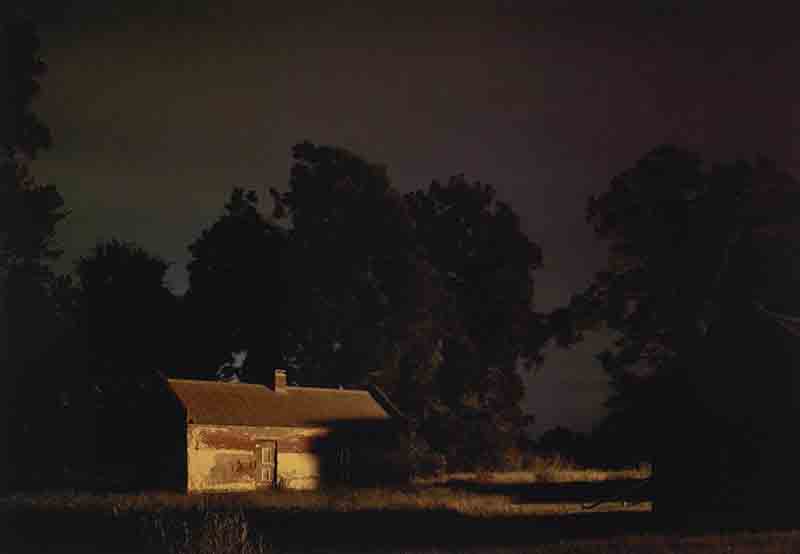Between Science and Poetics
In The Treatise of Light, Rene Descartes requests his readers to imagine a world “very easy to know, but nevertheless similar to ours.” This world is guided by light, in its production, reflection, and transmission. It transforms matter into as many parts and shapes as we can imagine.
Light exists as a central element of photography, from its scientific properties to its poetic capabilities. A photographer navigates through time and space while utilizing light to experiment, to elucidate, to evoke. Through an acceptance of the ranging potential of light, its scientific basis extends to become a character itself.
At its core, photography converts light into an image. As a technical tool, it influences photography through its intensity, color, direction, and quality. It constructs and abstracts shapes otherwise dismissed to the human eye. Yet it may also progress into an element of the narrative, within and beyond the frame. It provokes contemplation through its ability to accentuate and inform, to call out histories and memories. Through natural and artificial sources, light has the potential to transcend beyond aesthetics as central to documentary practice.
Descartes' proposal of a world directed by light motivates the coalescence of science and poetics. This compilation of photographs progresses from experimentation with light to the utilization of it as the subject. It demonstrates the use of light beyond its physical properties, inviting the viewer to expand their range of view through an illuminated moment.
-Emily MacDiarmid, Curatorial Intern, Archive of Documentary Arts (MFAEDA Class of 2022)
Exhibition includes prints and books from the archive including: Mariette Pathy Allen, Teju Cole, Bruce Davidson, Frank Espada, Gjon Mili, Zanele Muholi, Jay Turner Frey Seawell, and Carrie Mae Weems.



